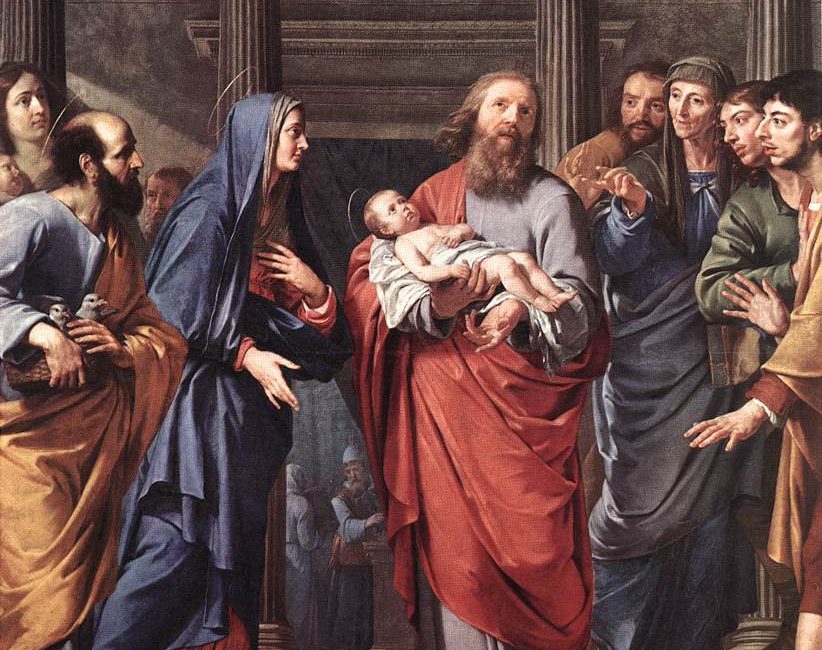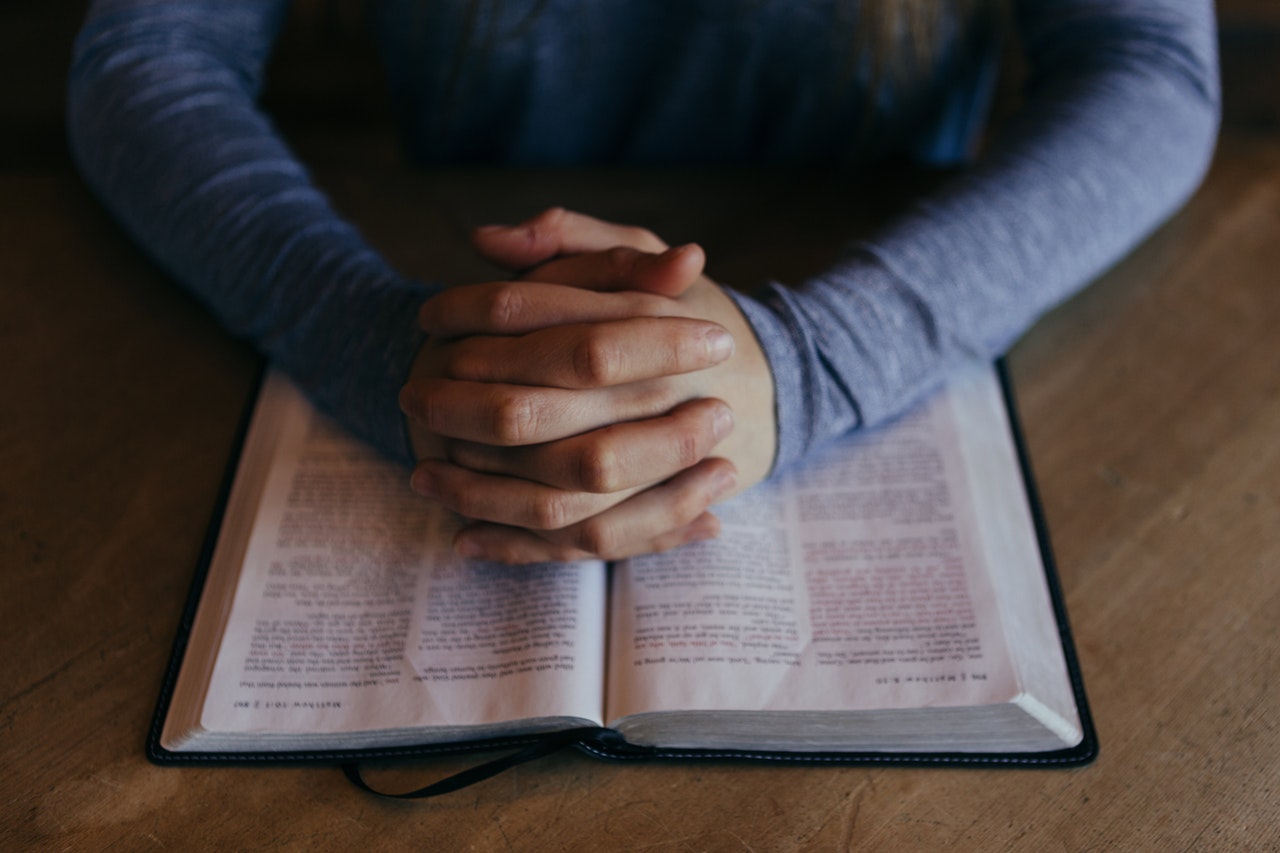Cycle A | Ordinary Time | Presentation of the Lord
REFLECTION
– By Fr Ugo Ikwuka
Archway, London
While we celebrate Mothers’ Day and Fathers’ Day, there’s no Parents’ Day where father and mother are celebrated together as a couple. The Feast of the Presentation of the Lord in the Temple which we celebrate this Sunday is an inspiration for such a celebration. The parents of Jesus (Joseph and Mary), together make the long journey to Jerusalem to present their firstborn child in the Temple as the law of God required.
In that image, we have a wonderful model of husband and wife united in practicing but also raising their child in the faith. As companions in the journey of life, it is easier to walk in the ways of God when husband and wife walk it together and encourage each other along the way. “Two are better than one, because they have a good return for their work: If one falls down, his friend can help him up. But pity the man who falls and has no one to help him up!” (Ecclesiastes 4:9-10).
Like people who have problem with infant baptism, some may have misgivings with parents dedicating a child to God when he is not in a position to give consent. But, if parents are supposed to provide their children with the basic necessities of life, what is more basic than one’s faith in God. What parents allow their children to decide whether they want to go to school or not? What happens when they grow up becomes their business but parents have the duty and privilege of raising their children to become good and responsible citizens as well as committed children of God.
The two witnesses in the Temple, Simeon and Anna, represented all devout Jews who looked forward to the expected coming of the Messiah. Simeon recognises who the child is and in thanksgiving offers the valedictory ‘Nunc dimittis’ prayer, “Now Master, you can let your servant depart in peace… because my eyes have seen the salvation you promised….” He describes Jesus as a Light for the Gentiles and the Glory of Israel, and prophesies that he is destined for the fall and rise of many in Israel, and is a sign that is rejected.
That Jesus brings about the fall of people is apparently incompatible with the loving Jesus of the Gospel. Yet, on their own accord, many can totally reject the way of life that Jesus proposes thus turning away from the direction where their fulfilment lies. Of Mary, Simeon foresees “… a sword will pierce your own soul too….” This particularly alludes to the suffering and death of Jesus which she witnessed. Sharing some of the pain which her son will endure is all part of that unconditional ‘Yes’ which she said to the angel in Nazareth.
Eighty-four years old widow Anna was deeply spiritual; she spent her days in the Temple, praying and fasting. She praised God and spoke of the child to all who looked forward to the deliverance of Jerusalem. Anna teaches us that: determination pays; our social status is irrelevant in our relationship with God; prayer is key if we want to be close to God; Jesus can come into our life at any time and in any place; once we really come to know Jesus, we cannot keep it to ourselves but must share the experience to inspire people especially those who look for some meaning in their lives.
Yet, a lot more goes on in the presentation of the child Jesus in the Temple. The prophecy of Malachi in the First Reading gives an important lead, “And the Lord you seek will suddenly enter his Temple….” Isn’t the Lord already in the Temple? Ezekiel chapter ten holds the key to unravelling this. There, in one of the most devastating texts in the whole bible, the prophet reports that due to the wickedness and corruption in the Temple, the glory of the Lord (shekina) departed.
The Temple is the most sacred place in the world of the Jew. It is where Yahweh (God) dwells among His people. It is thus the ultimate place of encounter with God. For the glory of the Lord to depart from there was therefore most calamitous. However, the prophet later foresees the marvellous return of the Lord and the reconstruction that follows. Malachi’s vision comes against this background.
It is also against this background that the presentation of Jesus in the Temple is momentous. More than a religious ritual of dedication of a baby to God, it is the realization of Ezekiel and Malachi’s prophecies. It represents the God of Israel returning in glory to live among His people. It is ironic that the Lord returns as a tiny helpless babe in his mother’s arms. Yet, one thing about babies is that they are irresistible. God therefore comes in the most irresistible form to attract us to his presence again.
How very pleasant! But there comes a scary ironic twist. When we come to see the Lord who has returned to his Temple, whom do we find? Echoing Ezekiel’s theme of reconstruction, the prophet Malachi says, “… He is like the refiner’s fire…. He will take his seat as refiner and purifier…” Fiery images indeed! In effect, when we come to meet the Lord in his Temple, He purges from us all that keep us from being the people he wants us to be. Essentially, that means burning away all that is not love in us because God is love and we are meant to conform to that love.
The purifying process can be an ordeal. The “salvation” that Jesus brings to his people passes through the cross. The child Jesus, who is immediately presented in the Temple, will be that adult who will purify us and the corrupted Temple (John 2:13-22; Mark 11:15, 19) i.e. calling and challenging us to love, with loving tenderness and simplicity as reflected in the baby presented in Temple.




